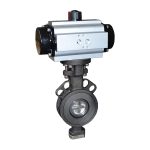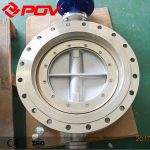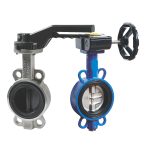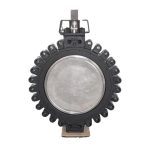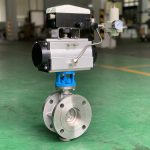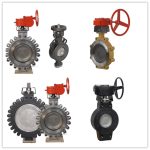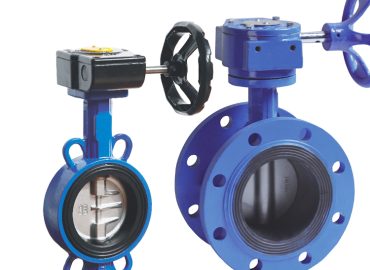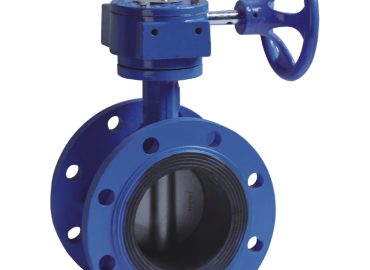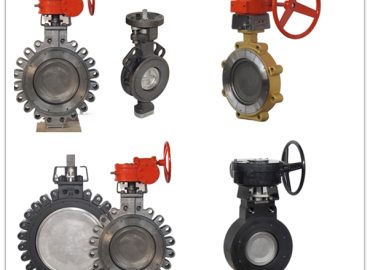Automating control systems with an pneumatic butterfly valve offers a number of benefits to industrial users, such as improved safety and reliability, increased accuracy and flexibility, and reduced energy costs. By providing more precise control over operation, these valves can make engineering processes faster, easier and more efficient. Additionally, the sturdy design of the valve ensures reliable operation even in high pressure applications. In this way, using air operated butterfly valves for automating control systems is an effective solution for optimizing operations and enhancing operational efficiency.
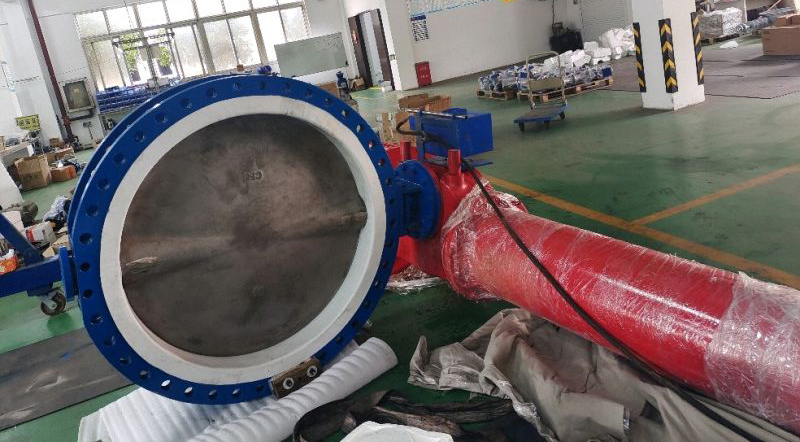
Introduction to Automating Control Systems with an Air Operated Butterfly Valve
Automating control systems with an air operated butterfly valve is a cost-effective, reliable and efficient solution for optimizing operations in industrial environments. This type of system uses electronically-controlled actuators to open and close the valve’s gate or disc, allowing for precise control over the flow of fluid or gas.
These valves are designed to withstand higher pressures than manual valves, making them ideal for applications where safety and reliability are key considerations. In addition to their strong construction, many air operated butterfly valves are suitable for use in corrosive and hazardous environments, helping to ensure safe operation in any application. The valve’s design also enables quick installation and low maintenance costs, further enhancing its value as a solution for automating control systems.
Benefits of Automating Control Systems with an Air Operated Butterfly Valve
Automating control systems with an air operated butterfly valve offers a number of advantages over manual valves and other types of automated systems. For example, the precision and accuracy of this system makes it ideal for applications where quick response times and high levels of safety are crucial. Electric butterfly valve
Additionally, it is highly reliable and durable, meaning that industrial users can depend on its performance even in the toughest environments. Furthermore using an air operated butterfly valve helps to reduce energy costs since it requires minimal power for operation.
The robust construction also ensures reduced wear and tear on other components in the system, helping to extend its lifespan and improve operational eefficiency. Inthis way, automating control systems with an air operated butterfly valve is an effective solution for optimizing operations in cost-efficient and long-lasting ways.
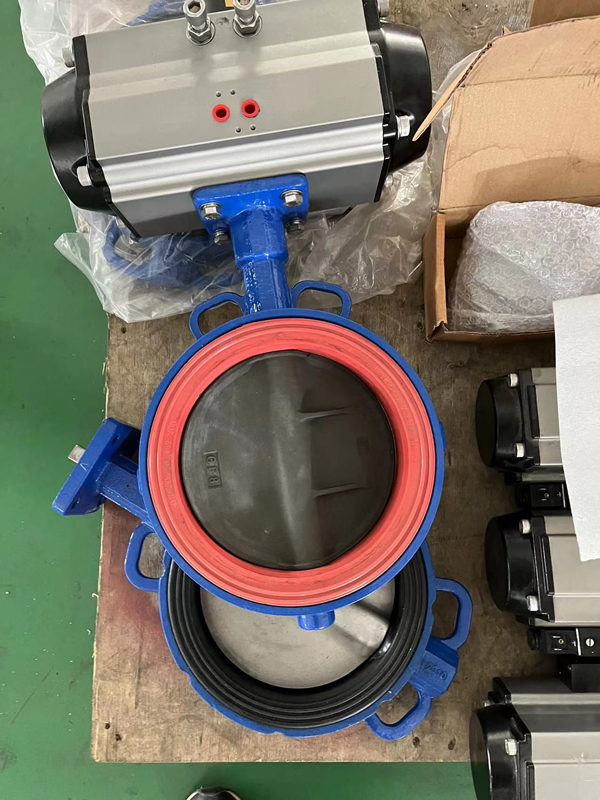
Design Considerations when Selecting an Air Operated Butterfly Valve
When selecting an air operated butterfly valves, there are various features and design considerations to take into aaccount. To start with, the size of the valve’s disc must be chosen correctly to ensure that it can handle the required flow rate. Additionally, the type of material used in its construction should also be considered carefully to ensure that it can resist corrosion or other damage in the application’s particular environment. Furthermore, a number of other factors such as operating pressure, seat tightness and temperature range must also be taken into account when selecting an air operated butterfly valves. By considering all these design considerations proactively, industrial users can ensure that their system is properly optimized for reliable and efficient operation.
Installation and Maintenance of an Automation Control System with an Air Operated Butterfly Valve
Installing and maintaining an automation control system with an air operated butterfly valve is a straightforward process. During the initial installation, all components must be securely affixed and connected in a way that maintains proper alignment of the valve and its related equipment. After this, routine maintenance checks should be conducted at regular intervals to inspect all parts for signs of wear or mechanical damage.
Furthermore, if any issues are noticed during these inspections, prompt repairs can help to avoid costly major repairs or replacements in the long run. Lastly, it is important to ensure that all seals and gaskets are replaced as necessary so that the system operates securely and leak-ffree. Byfollowing these simple maintenance steps, industrial users can guarantee optimal efficiency from their automation control system for many years to come.
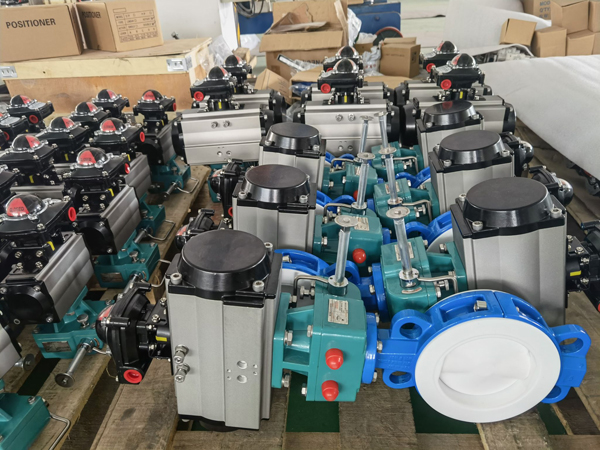
Lug and Wafer Body Designs
Lug and wafer body designs are two of the most common types of air operated butterfly valves.These designs feature a disc-shaped valve that is connected to an actuator, which opens or closes it.
The unique shape of the disc ensures uniform sealing across the entire valve circumference and allows for great performance with minimal pressure drop. Lug and wafer bodies are also highly adaptable as they can be used in various applications such as gas, water, steam and even oil. Both designs offer excellent temperature resistance, making them ideal for hot or cold operating conditions.With proper installation, these valves provide reliable control over a wide range of flow rates, making them perfect for numerous automation needs.
High-Temperature and Non-Metallic Versions
High-temperature and non-metallic versions of air operated butterfly valves are available in the market.For high temperature applications, special stainless steel discs and alloys are used for durability and resistance against thermal shock.
Non-metallic versions are made from sturdy materials like polymers or composites that can withstand harsh conditions, making them ideal for corrosive media or seawater applications. Both types offer great flow control capabilities with minimal pressure drop, making them suitable for a range of automation needs. Additionally, high-temperature and non-metallic versions have tight leak-proof sealing capabilities which make them reliable even in extreme circumstances.
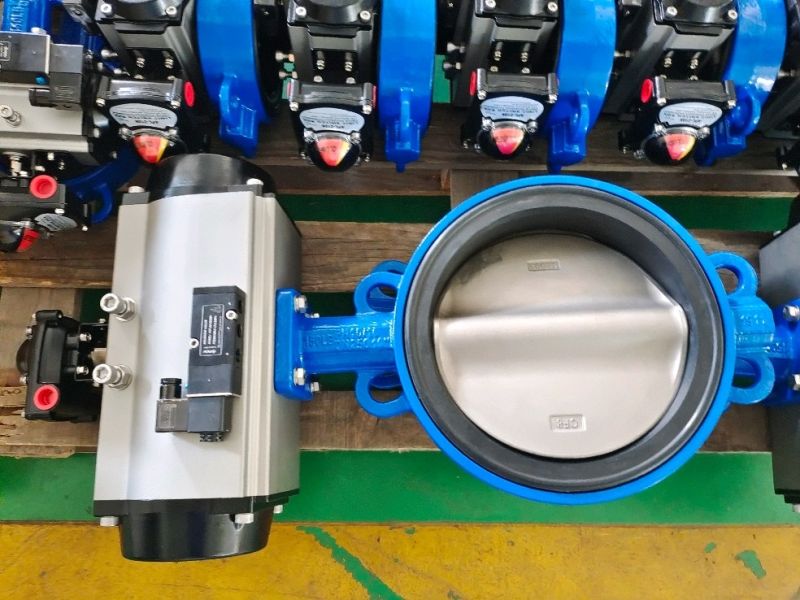
Overview of the Different Types of Air Operated Butterfly Valves
Air operated butterfly valves are a type of control valve that uses a flap or disc to deliver varying degrees of flow control by altering the opening size. These valves are typically found in automated control systems in various industries, and they can be used for many different applications. Depending on the requirements, there are several types of air operated butterfly valves available on the market, including lug and wafer body designs.
The lug design has protruding ears that provide an additional sealing point and is often used when higher levels of strength or pressure-tightness is required. In contrast, the wafer body design is ideal for installations where space is limited and requires less maintenance than other types of control valve. Additionally, there are also high temperature and non-metallic versions of these valves to ensure optimal performance in specific environments.
Conclusion
Automating control systems with an air actuated butterfly valve can bring great benefits to industrial and commercial establishments. With its highly reliable performance, precise flow control capabilities, and wide range of applications, this type of valve can provide a superb solution for many automation needs.
Furthermore, by investing in high quality components and ensuring regular maintenance checks are conducted, users can guarantee that their system will deliver optimal results for many years to come. Ultimately, automating any process requires careful planning and oversight but the resulting outcome is often well worth the effort.


